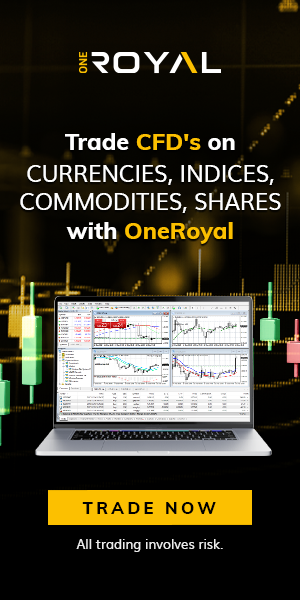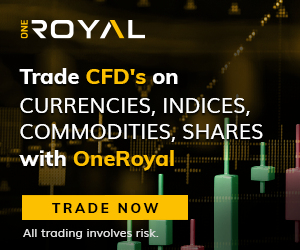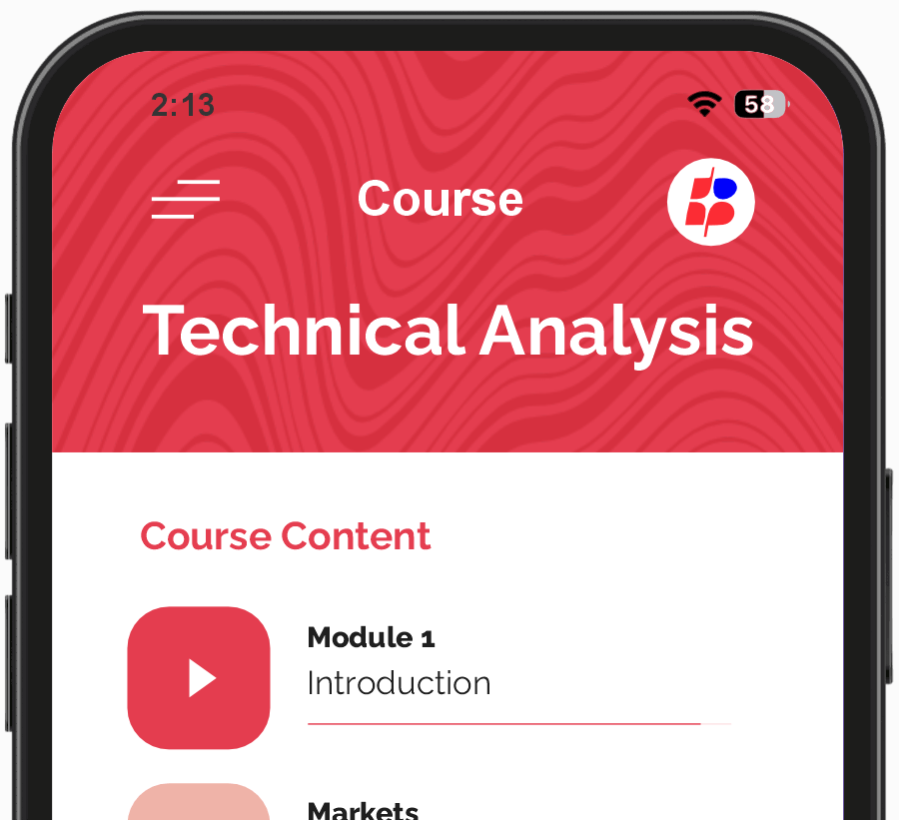Have you ever wondered what it really means to be on the Buy-Side in Forex trading?
You hear traders talk about buying and selling currencies, but what exactly is this “Buy-Side” everyone keeps mentioning?
Is it where traders make the most money? Or is it just another term for placing a trade? If you’ve ever been confused about what it means, you’re not alone.
In Forex, knowing where you stand in the market is everything. Whether you’re just starting or looking to sharpen your skills, understanding the Buy-Side could be the key to making better trading decisions.
Let’s break it down in a way that makes perfect sense.
In This Post
What Is the Buy-Side in Forex?
The Buy-Side in Forex refers to traders, investors, and institutions that are buying currencies instead of selling them.
These are the market participants who believe a currency will increase in value and want to profit from it.
Unlike the Sell-Side, which focuses on providing liquidity and executing trades, the Buy-Side is all about making strategic investments to grow capital.
Who Are the Buy-Side Players?
The Buy-Side is made up of different types of traders and investors, including:
Retail Traders
Every day traders like you and me who use trading platforms to buy and sell currencies in the Forex market.
Hedge Funds
Big financial firms that use advanced strategies to make profits from currency movements.
Investment Banks
Large banks that invest in currencies for profit, sometimes managing money for clients.
Institutional Investors
Organizations like pension funds and mutual funds that trade currencies as part of their investment strategy.
Why Is the Buy-Side Important in Forex?
- Market Direction: Buy-Side traders influence the demand for a currency, which can drive prices higher.
- Profit Opportunities: Traders on the Buy-Side look for ways to buy low and sell high, making profits from currency movements.
- Liquidity & Stability: Without buyers, there would be no market! The Buy-Side helps keep Forex trading active.
How Does the Buy-Side Work?
When traders analyze the market and see a strong reason to believe a currency will rise, they enter a buy position (also called “going long”).
If their analysis is correct and the currency value increases, they can sell it later at a higher price, making a profit.
Buy-side traders use different tools and strategies to make decisions, such as:
Fundamental Analysis: Checking economic news, interest rates, and financial reports.
Technical Analysis: Studying price charts and indicators to find good entry points.
Sentiment Analysis: Understanding what other traders are doing in the market.
Buy-Side vs. Sell-Side: What’s the Difference?
| Feature | Buy-Side (Investors & Traders) | Sell-Side (Brokers & Market Makers) |
| Goal | Buy assets for profit | Provide liquidity & execute trades |
| Market Role | Demand creator (buys currencies) | Supplier (sells currencies) |
| Profit Source | Profits from the price increase | Profits from commissions & spreads |
Conclusion
If you want to succeed in Forex, understanding the Buy-Side is essential. It’s where traders look for opportunities to profit from rising currency prices.
Whether you’re a beginner or an experienced trader, knowing how the Buy-Side operates can help you make smarter and more profitable trading decisions.



